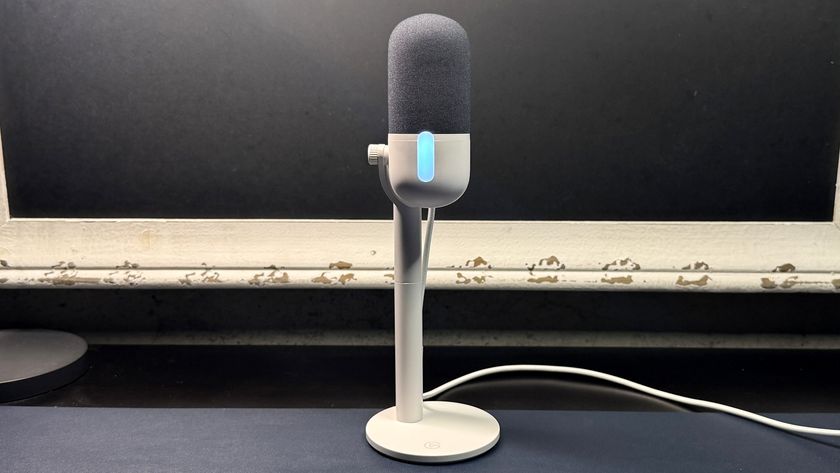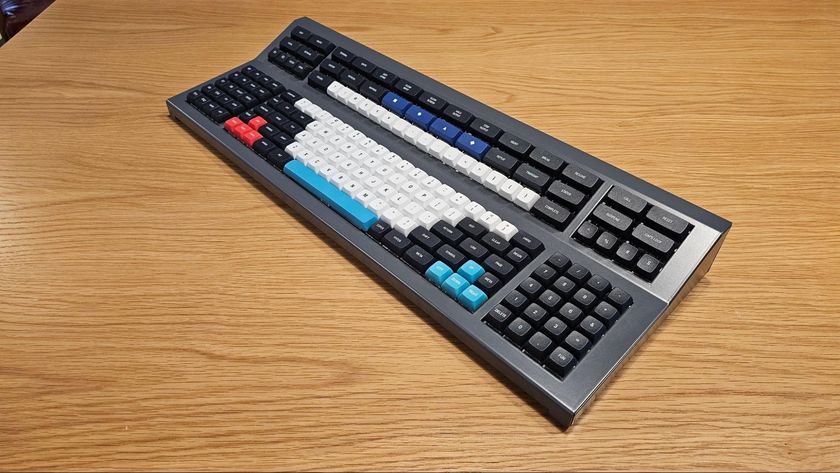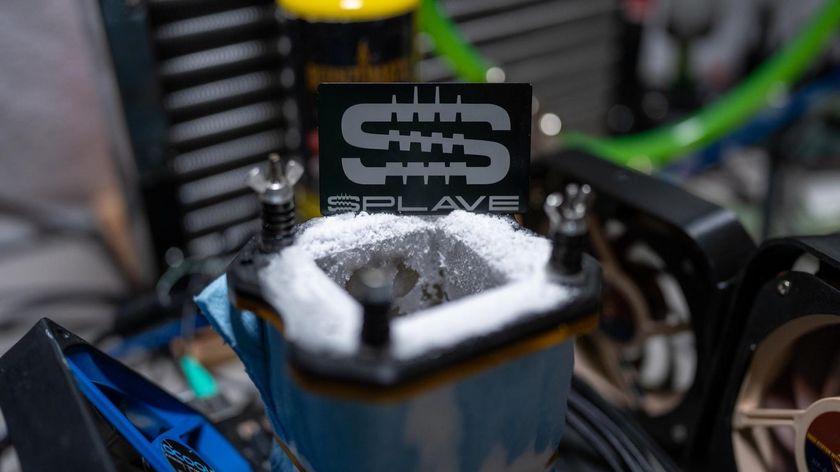Overclocking: 875 = 7205 + X
Dual Channel DDR400, Continued
With the Asus board, we used a Pentium 4 with 3 GHz for 200 MHz FSB, and the clock multiplier was set to 15.0. The BIOS settings provide the best conditions: a CPU core voltage of 1.55 V was recognized correctly, and it wasn't a problem to adjust the FSB clock to 200 MHz.

Well ahead of its time: the Intel 7205 offered high clock speeds for the FSB quite early on. Still, even 200 MHz is possible, with no problems.

This isn't even provided by all 875 boards: DDR 400 memory runs stably at the most aggressive timings.

The 7205 chipset offers features identical to those of the Intel 875: new CPUs run on older boards, thereby making a new purchase unnecessary.

The immense clock increase from 133 MHz (standard) to 200 MHz leaves the Intel 7205 (Granite Bay) cold: 46°C on the motherboard.
Stay On the Cutting Edge: Get the Tom's Hardware Newsletter
Get Tom's Hardware's best news and in-depth reviews, straight to your inbox.
Current page: Dual Channel DDR400, Continued
Prev Page Dual Channel DDR400, Continued Next Page Dual Channel DDR400, Continued











